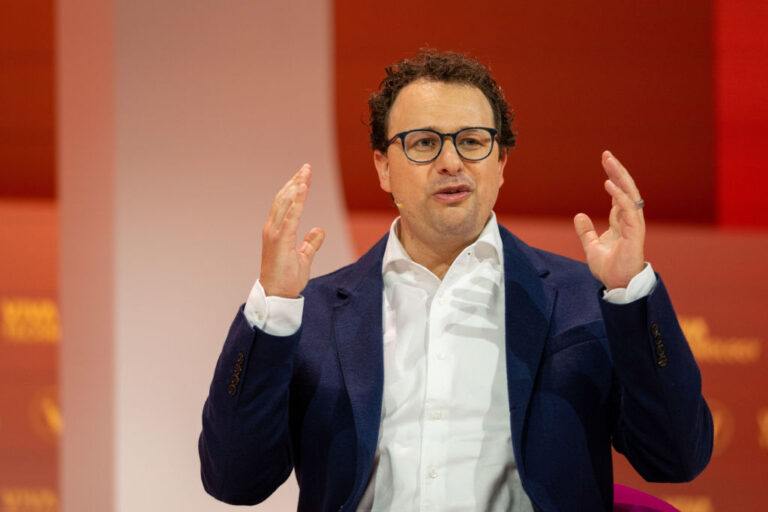Unveiling the Truth: Did xAI Mislead Us About Grok 3’s Benchmark Performance?
Debates surrounding AI benchmarks and their reporting practices are increasingly becoming a topic of public discourse. This week, a controversy erupted when an OpenAI employee accused Elon Musk’s AI company, xAI, of publishing potentially misleading benchmark results for its newest model, Grok 3. In response, xAI co-founder Igor Babushkin defended the company’s practices.
Understanding the Benchmark Dispute
The core of the dispute revolves around a blog post from xAI that featured a graph illustrating the performance of Grok 3 on the AIME 2025 exam. This exam consists of challenging math questions that have become a common measure for assessing AI models’ mathematical capabilities. However, the validity of AIME as a benchmark has been called into question by some experts.
Grok 3 vs. OpenAI’s Models
xAI’s graph claimed that two variants of Grok 3—Grok 3 Reasoning Beta and Grok 3 mini Reasoning—outperformed OpenAI’s top model, o3-mini-high, on the AIME 2025 exam. Yet, OpenAI’s team was quick to highlight that the graph omitted a key performance metric known as consensus@64 (cons@64).
- What is cons@64? It allows a model 64 attempts to answer each question, selecting the most frequently generated response as the final answer.
- This metric can significantly enhance a model’s benchmark scores.
- Excluding cons@64 from the graph may mislead viewers about the actual performance comparison.
Analysis of Grok 3’s performance indicated that both variants scored lower than o3-mini-high at the @1 metric, which represents the initial score achieved. Additionally, Grok 3 Reasoning Beta slightly trailed behind OpenAI’s o1 model at a medium computing setting. Despite these findings, xAI continues to promote Grok 3 as the “world’s smartest AI.”
A Broader Perspective on AI Benchmarking
Babushkin further contended on social media that OpenAI has previously published similarly misleading benchmark results, specifically when comparing its own models. A more neutral party in this ongoing debate provided a graph that offered a clearer view of various models’ performances at the cons@64 metric.
AI researcher Nathan Lambert emphasized an often-overlooked aspect: the computational and financial costs incurred for each model to achieve its top score. This highlights a significant gap in what AI benchmarks reveal about the strengths and limitations of different models.
For further insights into AI benchmarking practices and to stay updated on industry developments, consider exploring related articles on AI benchmarking and OpenAI.







